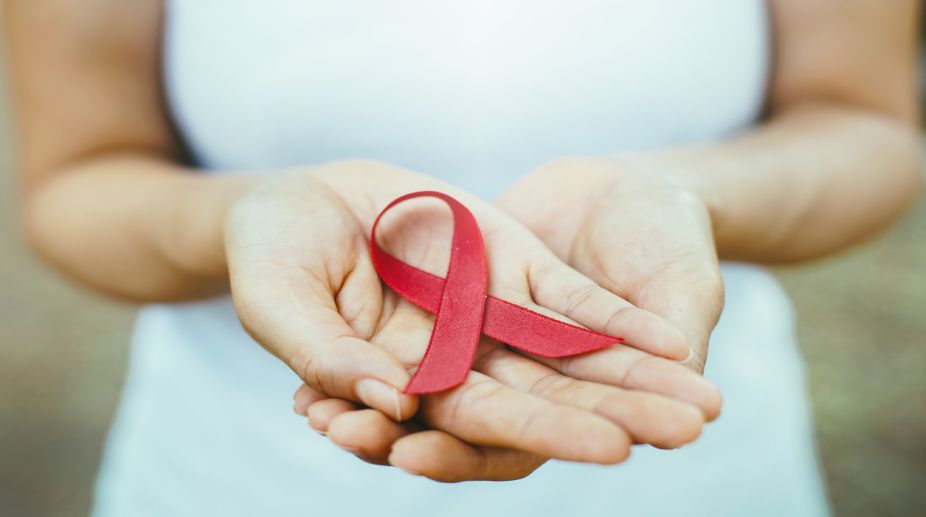Sex workers model for their Puja theme photo shoot
This year, though, there is an exception. The sex workers have got support from sympathisers, who have agreed to help them in their cause.
According to the various scorecards of the report for 2023, India has succeeded in reducing the annual number of new HIV infections in all age groups by 42 per cent since 2010.

Representational Image (Photo: Getty Images)
Sex workers in India are playing a commendable role in reducing the overall numbers of annual HIV infections across the country, mainly through insistent use of condoms by clients, resulting in 96 per cent adherence to condom use, and India topping the list of 40 HIV focus countries across the world in that criterion.
This data has come out in the key findings of a recent global report, ‘HIV Prevention: From Crisis to Opportunity’ compiled and released by the ‘Global HIV Prevention Coalition’ (GPC).
According to the various scorecards of the report for 2023, India has succeeded in reducing the annual number of new HIV infections in all age groups by 42 per cent since 2010.
Advertisement
India also tops in the parameter of condom use by Men having Sex with Men (MSM) at 92 per cent. The country has the highest percentage of condom use by transgender people too at 96 per cent.
As per the report, India is second in the list among the 40 countries in safe injecting practices by people who inject drugs, at 96 per cent. The report states that amongst those surveyed in India, the number of needles and syringes per person who inject drugs almost daily was 311 in a year. Myanmar topped the list in this parameter at 323 syringes per person.
The highest percentage of condom use with the most recent client, as reported by 96 per cent sex workers in India in the study, has mainly been achieved through community based targeted intervention programmes and HIV prevention strategies being implemented by the government in collaboration with Non-Governmental Organizations (NGO) and community based groups.
The report corroborates this fact and states that the GPC countries that have prioritised primary prevention and treatment and that have focused on reaching people most at risk, have secured the strongest consistent declines in new HIV infections.
According to the report, at least 25 GPC focus countries have reduced their annual number of new HIV infections by more than 35 per cent since 2010, Zimbabwe topping the list at 78 per cent. By comparison, the annual reduction in new HIV infections since 2010 globally is 38 per cent.
India has been a member of the GPC since its inception in 2017. The GPC initially included 28 countries and 12 new countries were added in 2023.
The GPC was created to accelerate progress on HIV prevention. It brings together governments, UNAIDS, donors, international and regional organisations, funding partners and civil society organisations.
A core objective of the GPC is to reduce new HIV infections globally to fewer than 3.7 lakh annually by ensuring that 95 per cent of people at risk of HIV infection can access and use effective combination prevention options.
Commenting on the report, GPC Co-Chair and AVAC Executive Director Mitchell Warren said, “It is remarkable to see what has been achieved in the AIDS response in the past 20 years, but the progress is not yet equitable and sustainable, and could slip away if we let complacency take hold.”
UNAIDS Deputy Executive Director Angeli Achrekar said through a UNAIDS press release, “the report shows that sustained political leadership, investment in effective HIV prevention programmes, and an enabling policy environment are crucial to end AIDS as a public health threat by 2030.”
Advertisement